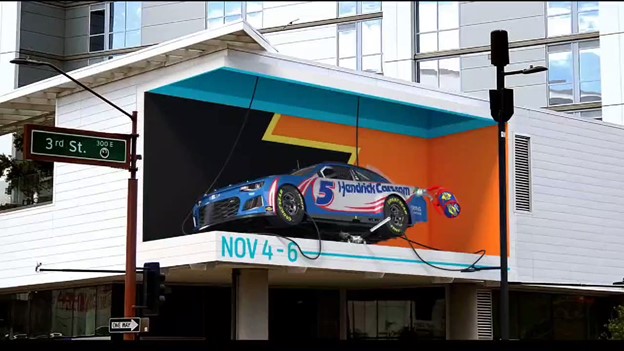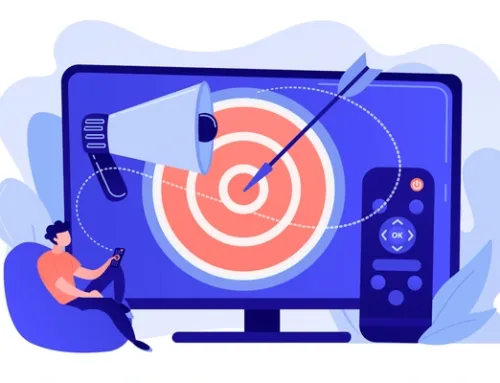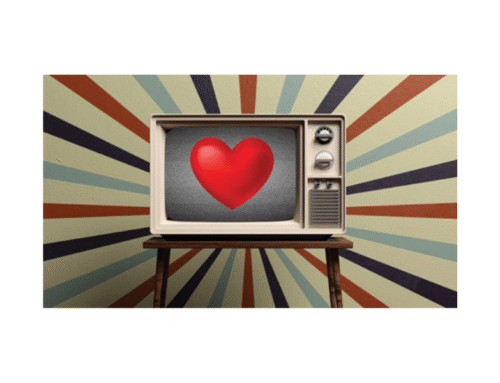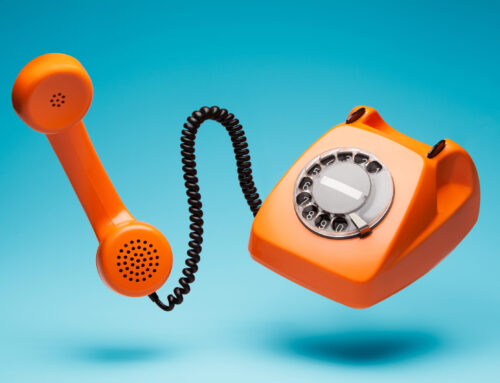In today’s rapidly evolving media landscape, advertisers and marketers are continually seeking innovative ways to capture the attention of their target audiences. Out-of-home (OOH) media has always been a powerful medium that demands attention while building brands. Anamorphic (Digital 3D) out-of-home media offers a unique and compelling visual experience that can’t be ignored. In this blog, our OOH experts at Modus Direct will explore the significance of anamorphic OOH media and why it has become a cutting-edged tool for advertisers and brands.
First, What Exactly is Anamorphic OOH Media?
Anamorphic OOH media refers to outdoor advertising that employs anamorphic techniques to create visually captivating and illusionary effects. These effects are achieved by distorting the dimensions of an image or message in such a way that it appears stretched or skewed when viewed from a specific angle, but it resolves into a clear and coherent three-dimensional image when seen from the correct vantage point.
The Allure of Anamorphic OOH Media
1. Grabs Attention
One of the primary goals of any advertising campaign is to capture the attention of the audience. Anamorphic OOH media excels in this regard. The three-dimensional illusion employed in these displays makes people stop in their tracks to decipher the message. This initial pause is a golden opportunity for brands to convey their message effectively.
2. Memorable
Anamorphic advertisements tend to leave a lasting impression. People are more likely to remember an ad that stood out due to its creative and unusual design. The unique visual impact of anamorphic OOH media is often a topic of conversation, both in person and on social media, which can lead to increased brand recognition and word-of-mouth promotion.
3. Interactive
Anamorphic OOH media often encourages interaction from passersby. People enjoy taking photos or videos of themselves interacting with these optical illusions and sharing these images on social platforms. This user-generated content can lead to a viral effect, extending the reach of the advertising campaign beyond the physical location. Branded Floor/Sidewalk decals optimally positioned for social media can further the branding, lift participation and extend the messaging.
4. Higher ROAS
For all Modus clients, cost pers and return on ad spend are a critical KPIs and what our media team lives and breathes every day. It was therefore very encouraging to see, based on Statista data, that companies that use 3D billboards drive a higher ROAS (Return on Ad Spend) and the study further predicts that by 2025, annual revenue from 3D ads and imagery will increase 3-fold.
Current Considerations for Anamorphic OOH
1. Cost
As one of the most revolutionary technologies in the OOH space since the prevalence of digital units, the avg cost to participate in an anamorphic campaign can be 3x the cost of a regular digital billboard. Creative costs are also well above the current price point due to the limited number of content creators. Modus expects these costs to normalize as inventory and adoption increase.
2. Availability
Currently, anamorphic technology only works on OOH units with a corner, which obviously limits the number of units. Also, most of the current units reside in larger markets which aligns with the higher price tag and the adoption by larger agencies and brands.
3. Longer Lead Time
Designers with even the best skills to produce anamorphic creative still need a minimum of 2 weeks to produce the file. And more times than not the actual lead time needed is four to eight weeks. Modus Direct recommends that you build this timeline into your media planning to maximize your investment.
Examples of Noteworthy Anamorphic OOH Campaigns
Several brands and organizations have harnessed the power of anamorphic OOH media to create memorable and exiting campaigns. Here are a few examples:
- Coca-Cola:
In one of their recent campaigns, Coca-Cola used anamorphic artwork to create an optical illusion that made their billboards appear like a holiday decorated duplex right in the middle of Times Square. This visually stunning display certainly got people talking.

- Louis Vuitton:
Launched in January 2023, the Yayoi Kusama & Louis Vuitton collaboration ran on an Anamorphic billboard outside of Shinjuku Station in Tokyo. It was a playful and creative way to intertwine the Japanese artist’s symbolic objects with the design house’s well-celebrated logos and motifs perfectly utilizing the 3D technology for maximum impact and recall.
Louis Vuitton x Yayoi Kusama 3D anamorphic Billboard in Tokyo I LOUIS
VUITTON.mp4

- NASCAR
There is no larger user of anamorphic OOH than the Sports & Entertainment advertisers, especially to promote specific events. NASCAR recently debuted an anamorphic 3D unit in downtown Phoenix from Legends Entertainment District for the November 2022 Phoenix Championship Race that proved successful. So successful that they will be showcasing this technology again for the November 2023 Phoenix Championship Race. While it is hard to measure the direct attribution of every marketing channel employed on ticket sales, this Championship Race in Phoenix had a full stadium sell out. So, it is safe to assume the impact of their anamorphic and experiential advertising played a significant part in ticket sales and making this an epic event.
(2022 video: https://twitter.com/Billboards3D/status/1660696911534276631)

The Future of Anamorphic OOH
Sporting Events are ideal for anamorphic OOH because of the impact these events are trying to generate. But other industries should take note of the impact created when anamorphic OOH is correctly applied to a marketing campaign. In speaking with industry professionals, the largest users of anamorphic OOH currently are Sports & Entertainment, Auto, Big-Box stores, Telcom, and QSR Restaurants. Most of these advertisers have larger advertising budgets, but it is anticipated that cost barriers will be significantly lessened in the next few years as more space is built and more designers learn these skills. Looking ahead, one industry forecasted to start using this technology is the Food & Beverage, specifically amongst alcohol companies.




